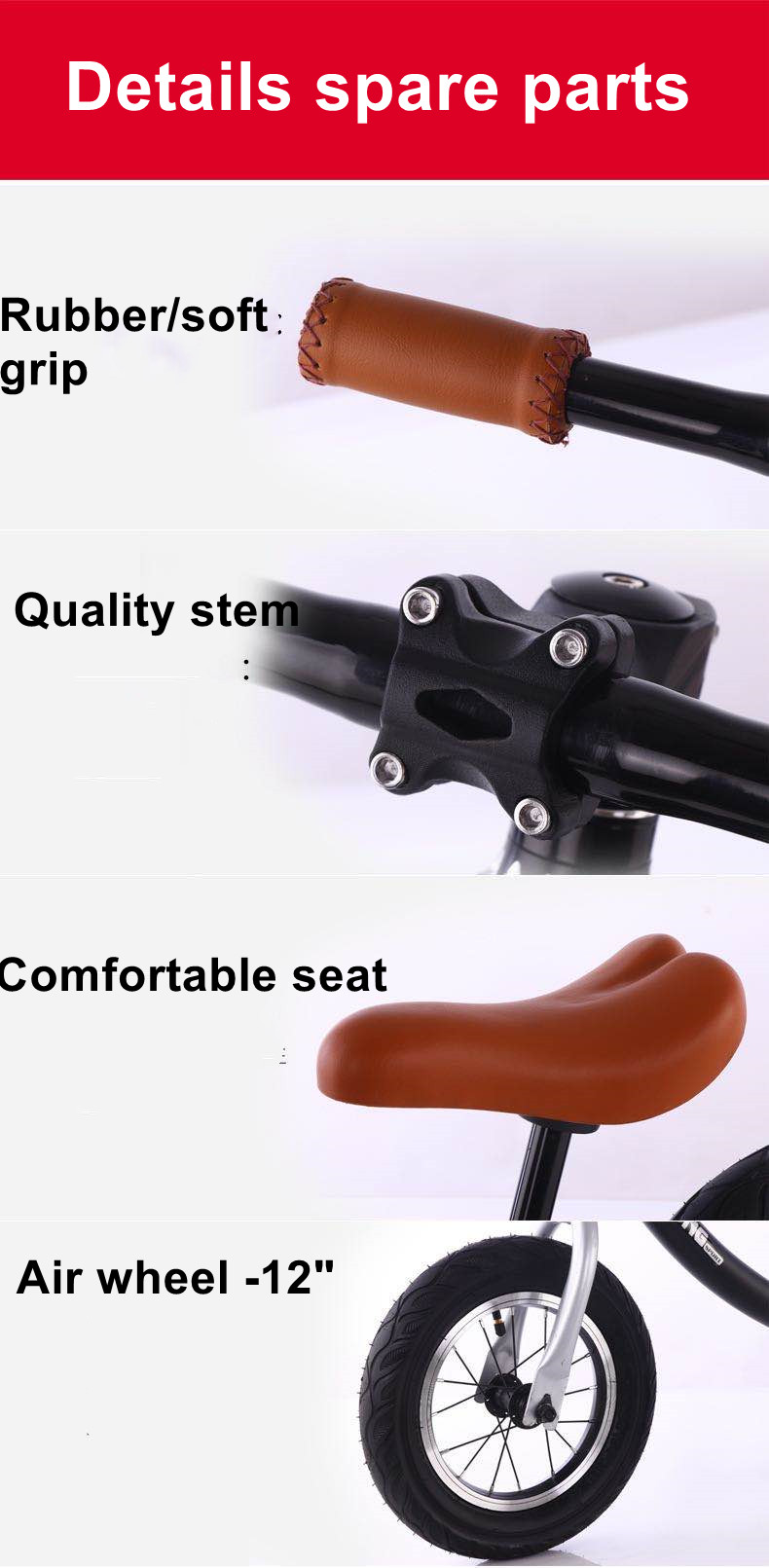mountain bike types
Exploring the Different Types of Mountain Bikes
Mountain biking is an exhilarating sport that offers riders a chance to explore rugged terrains, tackle challenging trails, and enjoy the great outdoors. However, not all mountain bikes are created equal. The right type of mountain bike can significantly enhance your riding experience, depending on the terrain and your riding style. Here are the most common types of mountain bikes, each designed for specific purposes.
Exploring the Different Types of Mountain Bikes
2. Trail Bikes Trail bikes are the most versatile type of mountain bike, designed to handle a variety of terrains. They typically feature a balanced geometry for climbing and descending, and they often come with a wider range of suspension options. With a moderate amount of travel (usually between 120 mm to 150 mm), trail bikes are suitable for both technical climbs and demanding descents. Riders who enjoy exploring diverse trails will find trail bikes to be a perfect fit.
mountain bike types

3. All-Mountain Bikes All-mountain bikes, also known as enduro bikes, are built for aggressive riding on technical trails. These bikes are equipped with longer suspension travel (typically 150 mm to 180 mm), which allows them to absorb more bumps and rough terrain. The geometry is optimized for stability and control on descents while still allowing for competent climbing. All-mountain bikes are ideal for riders who enjoy tackling challenging descents without sacrificing climbing ability.
4. Downhill Bikes Downhill bikes are specifically designed for racing down steep, technical trails at high speeds. These bikes feature heavy-duty frames and suspension systems that offer maximum travel (sometimes exceeding 200 mm) to absorb the harsh impacts of descending. Downhill bikes are generally heavier and sturdier, and they are often used in bike parks or designated downhill trails. Riders typically use lifts or shuttle services to access the top of the runs, as these bikes are not built for climbing.
5. Fat Bikes Fat bikes are designed for riding on soft and unstable surfaces, such as snow or sand. With oversized tires (usually 3.8 inches or wider), they provide excellent traction and stability. Fat bikes are perfect for winter riding or beach excursions and can be a fun way to explore areas that are inaccessible to traditional mountain bikes.
In conclusion, selecting the right mountain bike type depends on your intended use and riding style. Whether you’re a weekend trail explorer or an adrenaline-fueled downhill racer, there’s a mountain bike that’s perfect for you. Understanding these different types will help you make an informed choice and enhance your mountain biking adventures.
-
kids-scooter-tiny-olympic-games-scooterathlonNewsAug.22,2025
-
kids-scooter-waves-xingtai-zhongzhous-global-rippleNewsAug.22,2025
-
baby-tricycle-oem-legacy-zhongzhou-forgedNewsAug.22,2025
-
xingtais-twin-tricycle-revolution-siblings-ride-togetherNewsAug.22,2025
-
baby-tricycle-design-inspired-by-ancient-armorNewsAug.22,2025
-
nfc-chip-enabled-oem-baby-tricycle-trackingNewsAug.22,2025
-
The Perfect Baby TricycleNewsAug.11,2025








